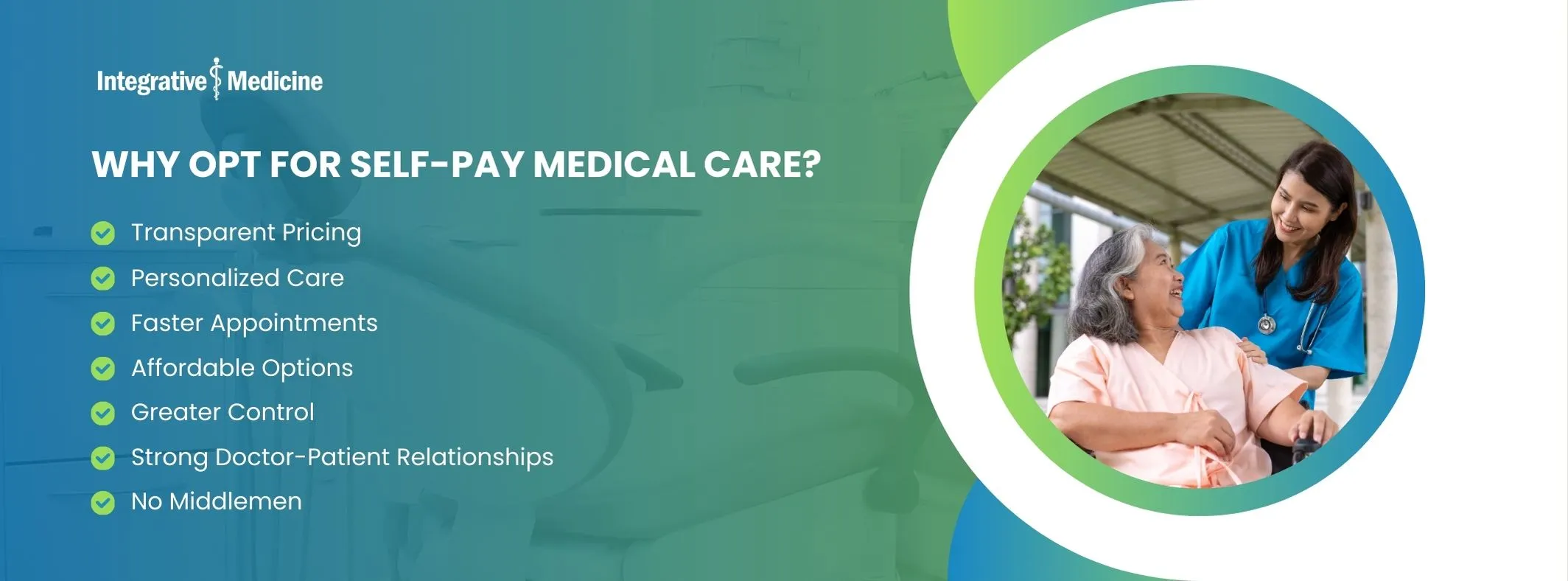


The self-pay medical care model is an innovative approach to healthcare that bypasses traditional insurance networks, offering patients a more transparent, personalized, and cost-effective experience. Unlike traditional insurance-based healthcare, self-pay care allows patients to pay directly for the services they receive, eliminating the involvement of insurance companies and their associated complexities.
In traditional insurance-based healthcare, patients often encounter numerous obstacles, such as:
These challenges often leave patients frustrated, paying high premiums for limited and unsatisfactory coverage.
The self-pay model removes the "middleman" (insurance companies), reducing costs significantly. Patients pay directly to their healthcare providers for services rendered, avoiding hidden administrative fees, processing costs, and third-party markups. This straightforward payment system ensures that the money goes directly toward patient care.
Without insurance restrictions, physicians have greater flexibility to explore additional diagnostic tests and treatments often excluded by insurance policies.
For example:
This freedom enables doctors to provide a higher standard of care, focusing on solutions that improve the patient's quality of life.
With self-pay care, physicians are financially incentivized to provide high-quality services tailored to the patient’s needs. The focus shifts entirely to patient satisfaction and outcomes, fostering a stronger doctor-patient relationship and creating a more personalized care experience.
Patients in the self-pay model pay fee directly to their healthcare provider at the time of service. If needed, patients can request a “superbill” - a detailed summary of services rendered, coded for submission to their insurance. This allows them to:
One of the core advantages of self-pay care is the autonomy it provides to clinicians. Without insurance companies dictating schedules, pricing, or treatments, providers can:
This freedom translates to a higher quality of care for patients, with a stronger focus on their long-term health and well-being.
While self-pay medical care may cost more upfront, it offers patients a higher likelihood of achieving a better quality of life. Without the constraints of insurance policies, physicians can identify root causes of health issues, implement preventive measures, and create a care plan focused on maintaining long-term wellness.
For patients seeking a personalized, effective approach to healthcare, the self-pay model provides a compelling alternative to the limitations of traditional insurance-based care.
By prioritizing the patient-physician relationship and cutting out unnecessary intermediaries, self-pay care paves the way for a healthier, more empowered future!